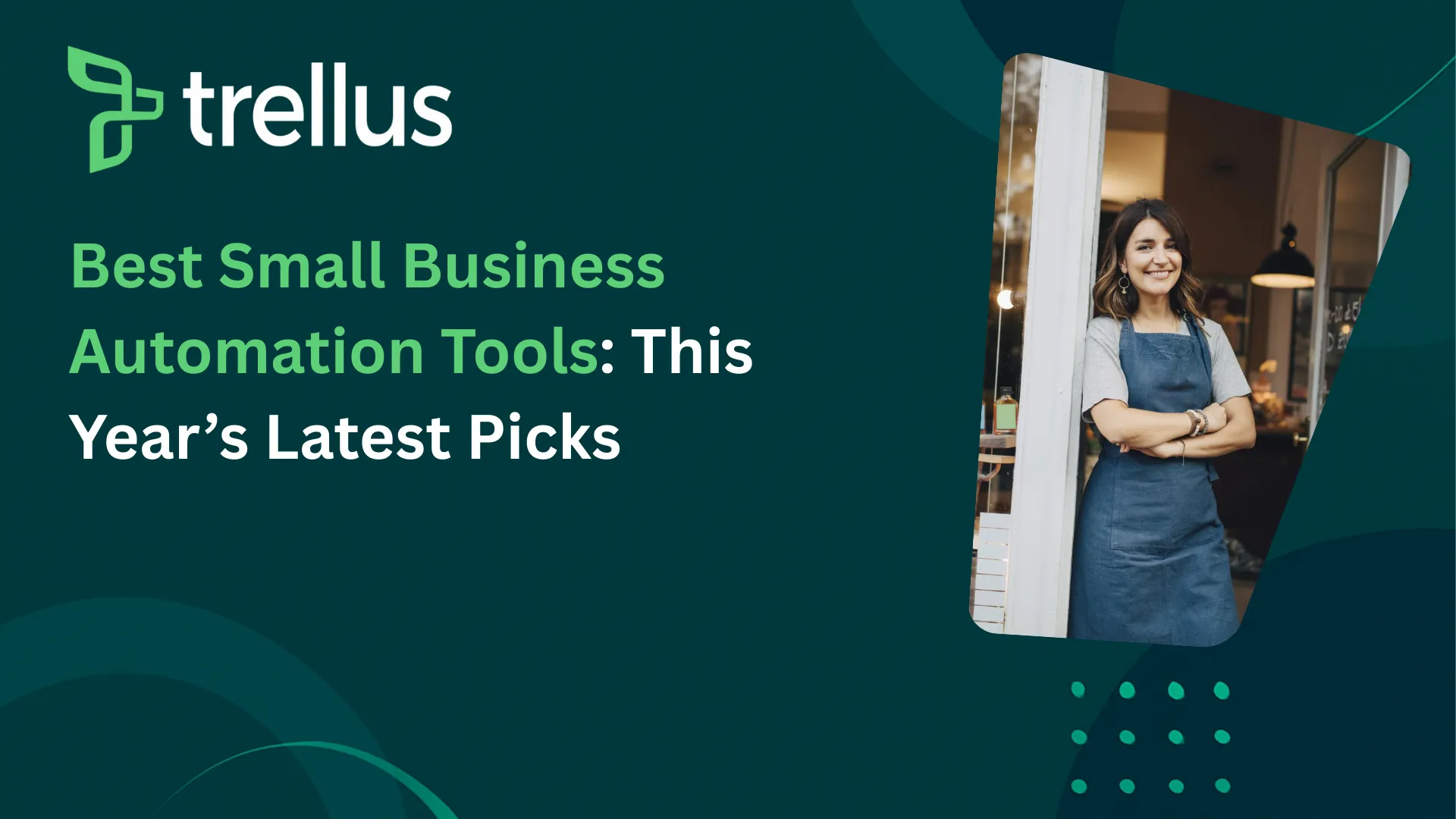.png)
Our Top Picks


Over the past two years in the sales and cold-calling space, we’ve gained first-hand insights into what works and what doesn’t. Here’s a quick guide on how to cold call effectively.
Why Should You Call?
In the B2B space, there are three primary ways to generate revenue: inbound, partnerships, or outbound.
- Inbound is typically the highest-quality channel for leads but can be difficult to scale, especially for startups that lack brand awareness and industry connections. We recommend every company invest in content-led strategies since your ICP (Ideal Customer Profile) likely lives on some social platform, like LinkedIn. There are excellent examples of companies succeeding with this approach (shoutout to Hyperbound and HockeyStack). However, if your ICP doesn’t engage on socials or if you lack a content engine, you’ll need another way to generate revenue to grow your business.
- Partnerships can be tricky. As a startup, you may face adverse selection, where well-established companies have little incentive to introduce you to their customers unless you offer something they can’t replicate. This often leads to partnerships with struggling companies, which can result in poor lead quality. Depending on partnerships can also be risky since you don’t control what your partners do. From our experience, chasing partnerships can waste valuable time that could be better spent on growing your business through other means.
- Outbound is the most direct approach and is highly correlated with the level of activity you put in. While it’s not easy—getting in front of prospects has become significantly harder—it can still be worth the effort. There are four primary outbound methods: in-person visits/events, emailing, social messaging, and cold calling.
- In-person visits/events: Highly effective for securing your initial customers, though difficult to scale due to the time involved. It’s the channel with the highest likelihood of conversion.
- Emailing: A saturated channel where using a managed AI service is often more efficient. Conversion rates are generally low, but it’s worth setting up the infrastructure. Personalized one-off emails are fine, but at scale, it’s usually a negative ROI on your time.
- Social messaging: A good channel for certain ICPs, though often limited by platforms like LinkedIn, which cap connection requests. It offers the highest ROI only if your ICP lives on LinkedIn/Twitter (e.g., founders, sales/marketing professionals).
- Cold calling: The fastest way to talk to someone without the coordination overhead of email or social media. While it’s hard to reach people, those you do connect with are more likely to convert if you have a strong script and targeted value proposition.
Given that AI has reduced the cost of sending personalized messages to zero, we believe that social messaging and emailing will soon be so saturated that it will be nearly impossible to stand out. Cold calling, however, remains protected by regulation from AI calls, maintaining a capacity constraint on how many calls prospects will receive.
When Does Cold Calling Work?
- B2C: Cold calling is probably not effective for B2C companies, and it may even be illegal under the TCPA to use power dialers.
- B2G: If you’re selling to large government services (e.g., police departments, city agencies), cold calling may work since you’ll have enough contacts to reach out via government lines.
- B2B: Cold calling is likely to work if your ICP is 30 years old or older. However, if you’re selling to founders in their early 20s or directly to engineers (who are notoriously hard to reach by phone), it might not be very successful.
What to Say on Your Calls
The goal of a cold call is to get a qualified prospect to agree to a meeting (via Zoom or in person). The first 30 seconds of your call are crucial, as that’s when the prospect decides whether to hang up or hear you out.
Tactics for the Beginning of Your Call
- Introduce yourself immediately: For example, “Hey Joe—this is Ajinkya from Trellus.”
- Use pattern interrupts: For example, “I’ll be upfront—this is a cold call. Want to roll the dice?”
- Handle objections gracefully: Always try to overcome at least two objections before giving up. For example:
- “I know you’re busy—can I give you a quick 10 seconds on why I’m calling?”
- “Is [problem] not an issue for you over at [company]?”
- Start with a question: Once you get permission to pitch, lead with a question that highlights your value proposition. For example, “I see you’re leading the pack over there at [company]. We’ve seen other sales leaders face challenges with getting enough cold call volume—is that something you’re dealing with?”
If you can engage the prospect in a conversation, you have a good shot at converting them (expect a conversion rate of around 50% for qualified prospects). If they agree to a meeting, there are a few steps to ensure it’s not a no-show:
- Schedule the meeting as soon as possible: Time kills deals. Instead of asking when they’re free, offer a specific time, e.g., “Does tomorrow at 2 PM ET work?”
- Send the invite while still on the call and get them to accept it immediately.
- Ask a follow-up question as soon as they accept: “Is there something else you wish I had asked?” This will give you insight into what they care about.
- Send a thank-you text right after the call.
- Call them the day of the meeting (if it’s not the next day) to remind them of the appointment.
Tech Stack for Calling
- Level 1 ($)
- Contact Data: Apollo
- Calling Stack: Apollo
- Level 2 ($$)
- Contact Data: Cognism or ZoomInfo (many of our customers report better phone contact data with these, though they are more expensive)
- Calling Stack: Salesloft/Outreach for cadencing + dialer
- Level 3 ($$$$)
- Contact Data: Waterfall enrichment (can be done in Clay or via API sync to Salesforce/HubSpot) + number scoring system (e.g., Phone Ready Leads)
- Calling Stack: Dedicated power or parallel dialer (e.g., Phoneburner, Orum, Nooks)
As a quick plug, Trellus works across these tools to automate your calling and provides a real-time AI assistant for coaching. It’s free to try—take it for a spin at Trellus.


.jpeg)




